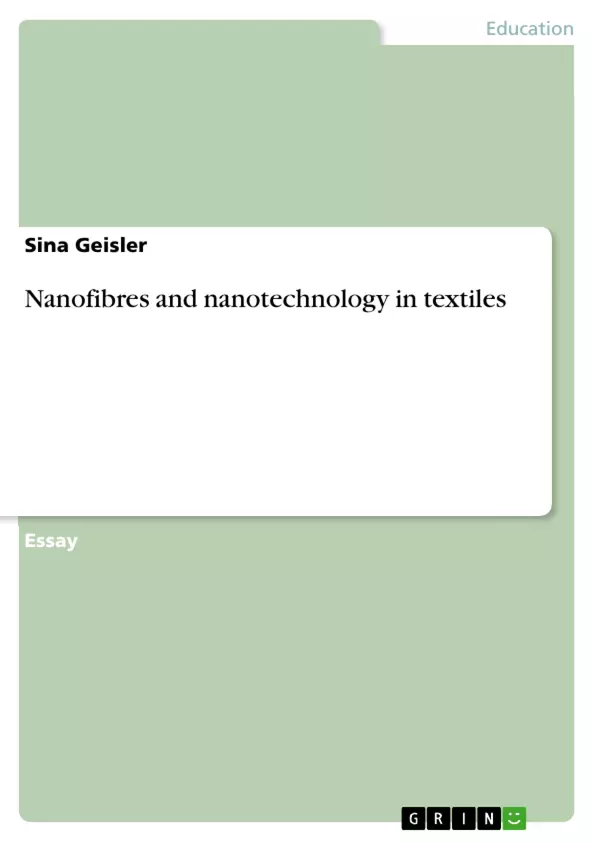In former times, the European textile and clothing industry was one of the mainsprings of the industrialization and a significant branch of the economy. Nowadays, many fabrics which meet the Europeans requirements are imported from low-price competitors like China, India, Taiwan and South Korea. Various countries use the textile industry as an entrance into the industrialization. On this account the global competition of the suppliers strengthens perpetually.
“One million jobs got lost in Europe from 1993 to 2003”, explained William Lakin, general director of the European textile association Euratex (F.A.Z., 14.06.2005, Nr.135/Seite 11). Nevertheless, there are still 2,5 million people engaged all over Europe and the textile branch turns about 215 billion euros.
Increasing competition and the enormous demand for new materials, is forcing the industry to restructure and modernise.
Significant restructuring has taken place over the last decade, however, there is a general recognition that producing traditional apparel products may no longer be sufficient to sustain a viable business, and the EU textile industries may have to move towards more innovative, high quality products in order to differentiate themselves and compete. The key areas for increased competitiveness are expected to be Information Technology, Biotechnology and the
emerging Nanotechnology.
Inhaltsverzeichnis (Table of Contents)
- Introduction
- Definition
- History, development & origins
- Nanofibres
- Applications of nanotechnology in the textile branch
- Implications and risks
- Health aspects
- Environmental aspects
- Public Sponsorship
- Conclusion
- Sources
- Internet
- Literature
Zielsetzung und Themenschwerpunkte (Objectives and Key Themes)
This essay aims to provide a comprehensive overview of nanotechnology in the textile industry, exploring its historical development, current applications, and future potential. The essay investigates the challenges and opportunities presented by nanotechnology, including the need for innovation and the potential risks associated with its use.
- The history and evolution of nanotechnology in the context of textile manufacturing
- The definition and properties of nanofibres and their applications in textiles
- The potential benefits and challenges of nanotechnology in the textile industry, including its implications for sustainability and safety
- The role of public sponsorship and research in driving the development and implementation of nanotechnology in textiles
- The future prospects and potential of nanotechnology in textiles, with a focus on innovation and technological advancements
Zusammenfassung der Kapitel (Chapter Summaries)
The introductory chapter highlights the global competitiveness within the textile industry, prompting a need for innovation and modernisation. Chapter 2 provides a definition of nanotechnology, explaining its principles and the concept of nanometre scale manipulation. The third chapter delves into the history and development of nanotechnology, tracing its origins and key figures. Chapter 4 focuses on nanofibres, exploring their properties and methods of production. The essay concludes with a discussion on the implications and risks associated with nanotechnology in the textile sector, covering aspects such as health and environmental concerns.
Schlüsselwörter (Keywords)
Key concepts explored in this essay include nanotechnology, nanofibres, textile industry, innovation, sustainability, health and environmental risks, public sponsorship, and research.
- Arbeit zitieren
- Sina Geisler (Autor:in), 2008, Nanofibres and nanotechnology in textiles, München, GRIN Verlag, https://www.hausarbeiten.de/document/194347


